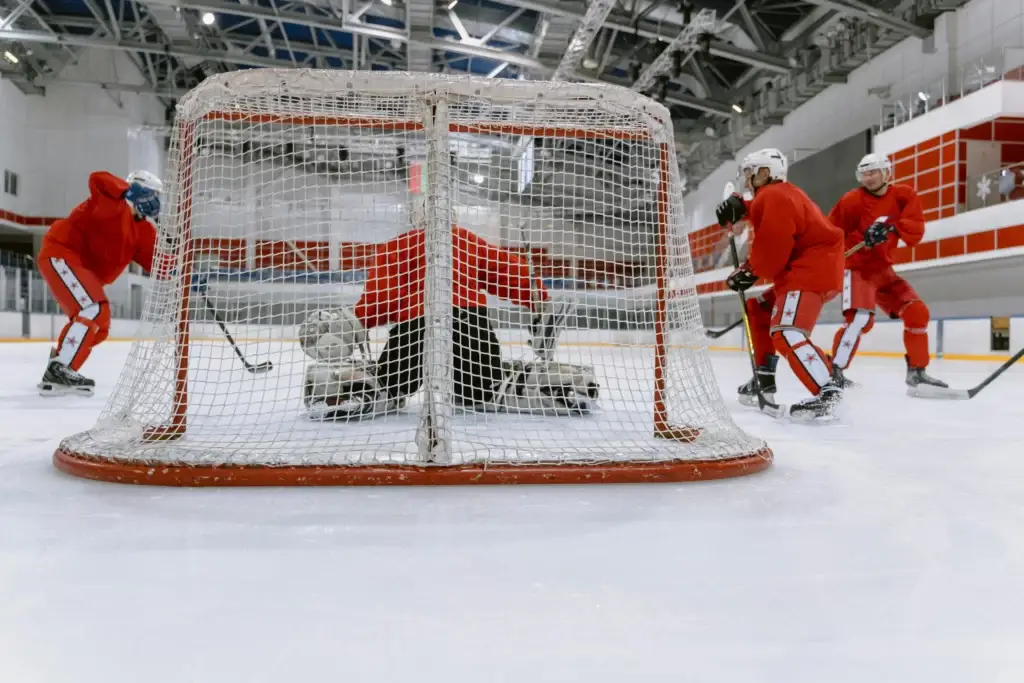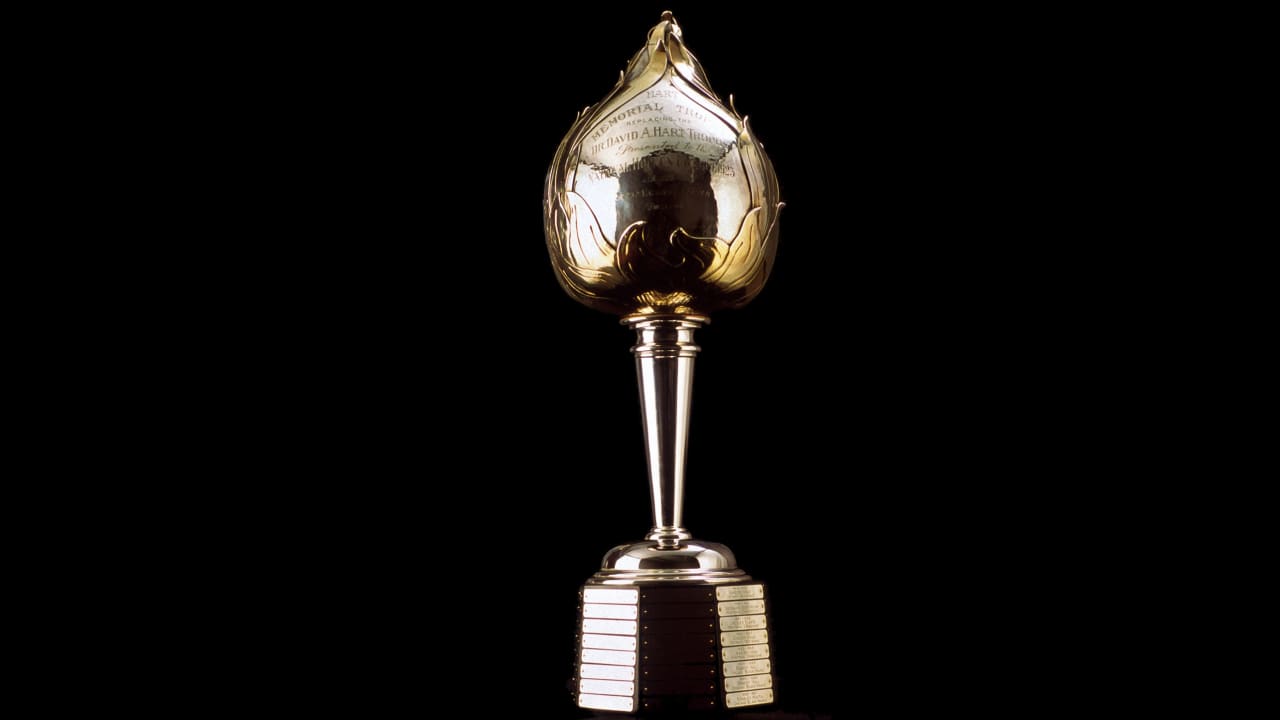Hockey holds a deep place in the heart of every Canadian. This sport has permeated all aspects of public life, from youth education to economic empowerment. The history of hockey in Canada demonstrates how the discipline has become an integral part of national identity, combining tradition, achievement, and cultural traits.
How It All Began: The Story of the Emergence of Hockey as a Sport in Canada
The first official hockey game took place on March 3, 1875, in Montreal at the Victoria Skating Rink. Organizers used a wooden ball, which was later replaced by the standard puck. This event marked a turning point in the history of Canadian sports and marked the beginning of the development of rules and the structuring of the game.

In 1893, the Governor General of Canada, Lord Stanley, established a prestigious trophy for the best hockey teams – the Stanley Cup. The ball has become a symbol of victory and professionalism in hockey, drawing attention to the sport not only in the country but also beyond its borders.
Development of Hockey Infrastructure
The construction of ice rinks and the establishment of hockey leagues played a key role in popularizing the sport. At the beginning of the 20th century, teams began to form that became prototypes of modern clubs. The expansion of infrastructure has enabled thousands of Canadians to participate in competitions at all levels.
The history of ice hockey in Canada continues to inspire generations of athletes, preserving traditions and passing them on for decades.
Hockey Culture in Canada: Why the Sport Matters
 For Canada, hockey is more than just a sport. Its presence is felt in every aspect of life. Children begin playing hockey at a young age, attend sports schools, and participate in local tournaments. Most families spend their winter weekends at the ice rink, supporting their children and participating in amateur competitions.
For Canada, hockey is more than just a sport. Its presence is felt in every aspect of life. Children begin playing hockey at a young age, attend sports schools, and participate in local tournaments. Most families spend their winter weekends at the ice rink, supporting their children and participating in amateur competitions.
Professional games draw millions of viewers to their television screens. The National Hockey League (NHL) unites Canadian and American teams and provides a platform for the best players to showcase their skills. The league’s popularity is a testament to its contribution to national pride and international prestige.
Hockey’s Influence on Youth
Hockey helps instill qualities such as discipline, respect, and team spirit in the younger generation. Regular training at hockey schools promotes physical endurance, improves coordination, and fosters teamwork. Youth leagues provide a competitive environment where young hockey players learn to overcome adversity and achieve their goals. The best among them are given the opportunity to represent their regions and cities at national tournaments, where they demonstrate a high level of training.
The transition from youth to professional hockey is a logical progression in a career. Each stage of hockey development strengthens the bond between players, fans, and clubs, creating a unique system of support and motivation. The Canadian youth hockey system continues to inspire thousands of young athletes to achieve their best, making local tournaments the foundation for national teams.
Canadian hockey culture is an integral part of our national identity and contributes to the development of both the sport and society.
The Contribution of Canadian Hockey Players to World Sport
Throughout the history of hockey, Canada has given the world many legendary players:
- Wayne Gretzky, known as “The Great One,” set records that remain unattainable for many athletes. His 2,857 NHL points still stand as an all-time record.
- Sidney Crosby became the hero of the 2010 Vancouver Olympic Games when he scored the “Golden Goal” in the final against the USA. The event cemented Canadian ice hockey’s status as a leading force in world sport.
- Mario Lemieux made a significant contribution to the development of the sport and demonstrated outstanding ability as a member of the Pittsburgh Penguins. His career became an example of overcoming adversity and striving for success.
Olympic Achievements
Team Canada’s victories at the 2010 Vancouver Olympic Games and the 2014 Sochi Olympic Games confirmed its status as the strongest team in the world. In 2010, the final game against the USA ended in a 3-2 victory for Canada. Sidney Crosby, the hero of the final, scored the game-winning goal in overtime, which went down in history as the “Golden Goal.” This moment sparked a wave of excitement and united millions of fans across the country.
In 2014, Team Canada once again demonstrated its absolute dominance, comfortably defeating Sweden 3-0 in the final. Goals from Jonathan Toews, Sidney Crosby, and Chris Kunitz sealed the victory, and goalie Carey Price kept a clean sheet.
The Impact of Hockey on Society and the Economy: A History of Canada
Hockey makes a significant contribution to the country’s economy. Sporting events such as NHL games create thousands of jobs, attract tourists, and promote related industries. The league’s annual revenue exceeds $5 billion, making it one of the most profitable sports organizations in the world.
Social Significance
Hosting regional tournaments and national-level games creates an atmosphere of unity where every fan feels part of something bigger. The development of youth hockey leagues allows young athletes to showcase their skills, contributing to strengthening sporting traditions. Hockey development programs focus on creating conditions for increased physical activity among young people, which is especially important for building a strong and healthy society.
Investments in the construction of new ice rinks, support for clubs, and the organization of competitions increase the sport’s impact on the local economy. Hockey infrastructure not only serves a sporting purpose but also becomes a symbol of regional development: hockey remains an important part of Canadian culture, uniting millions of people and inspiring generations.
Conclusion
 The history of ice hockey in Canada continues to inspire generations and demonstrates the power of sport as a tool for unification, education, and development. Canada’s ice hockey is more than just a game: It is a symbol of national pride, a source of inspiration, and a role model for the world.
The history of ice hockey in Canada continues to inspire generations and demonstrates the power of sport as a tool for unification, education, and development. Canada’s ice hockey is more than just a game: It is a symbol of national pride, a source of inspiration, and a role model for the world.

 en
en  ru
ru  de
de  ar
ar  es
es  hi
hi  fr
fr  nl
nl  it
it  pt
pt  el
el 



